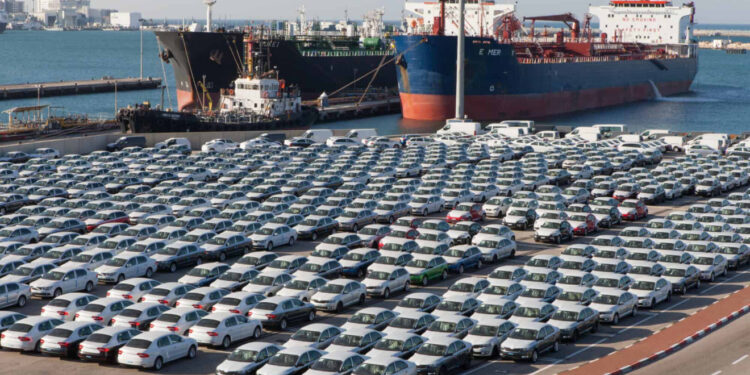Kenya’s automotive sector is grappling with significant challenges, reflected in a decline in new vehicle sales. The Kenya Motor Industry Association (KMIA) reported a total of 9,684 units sold in the first ten months of 2023, marking a decline of 1,361 units compared to the same period last year.
This analysis delves into the macroeconomic factors, supply chain disruptions, and government policies that have contributed to the industry’s struggles, shedding light on the complexities facing Kenya’s car market.
Macroeconomic Fallout
The auto industry, like many others, is susceptible to macroeconomic indicators. The uncertainty in the economic environment has sent ripples through the sector, impacting GDP, interest rates, unemployment, and disposable income. In times of economic downturn, auto sales tend to plummet, with buyers often postponing purchases until economic conditions improve.
The challenges seen in the automotive sector align with broader economic struggles faced by Kenya, leading to a challenging year for the industry.
Impact on Used Car Prices
Used car prices have significantly increased, commonly known as ‘mitumba’ in Kenya. Popular brands like Vitz and Subaru have seen prices surge by hundreds of thousands of shillings, driven by scarcity and the weakening local currency.
The shortage of foreign exchange has not only affected fuel supplies but has also disrupted essential imports such as medicine, food, and car parts.
Government Policies and Tax Increases
The Kenyan government’s policies and tax increases have added to the woes of consumers. Measures approved in the 2023 Finance Act that took effect in July have contributed to rising inflation, reaching a five-year high. Government incentives and policies play a pivotal role in influencing new car sales.
For instance, promoting electric vehicles or offering tax incentives for fuel-efficient cars can impact consumer purchasing decisions.
Online Marketplaces and Changing Consumer Preferences
The demand for used cars, particularly from countries like Japan, remains high in Kenya due to their affordability and reliability. The growth of online marketplaces for used cars has made it easier for consumers to access and purchase second-hand vehicles, contributing to a shift away from new car sales.
Kenya’s high import taxes on new cars make them less attractive than used or imported second-hand cars. Additionally, changing consumer preferences, focusing on the sharing economy and ride-sharing services like Uber, have influenced the automotive landscape.
Conclusion:
Kenya’s auto industry is navigating a challenging landscape marked by economic uncertainties, supply chain disruptions, and changing consumer preferences.
Original Article: https://www.financialfortunemedia.com/kenyas-new-vehicle-sales-reflect-pressures-of-current-market-conditions/




